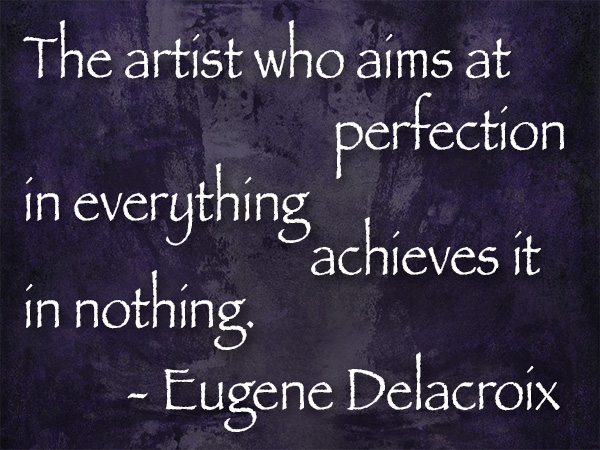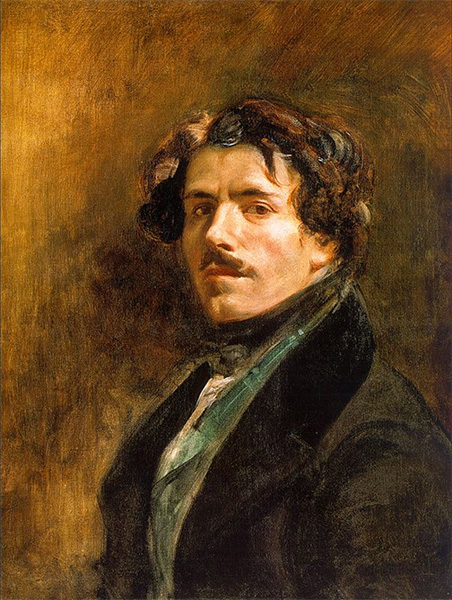Sunday Photo/Art Quote – Eugene Delacroix
One of the original, and leader of French Romantic painters, Eugene Delacroix was quite the prolific artist. That may be an understatement.
That may be an understatement.
I recommend you take a few minutes and head over to the Wikipedia page and view the gallery images there. Be aware that the gallery is only a small sampling of his work. Then poke around the web for more.
“Bob, why should I be studying this painter’s work? I’m a photographer!” The simple answer is that photography is rooted in art. Composition, color, ad the assembly of subject matter is all part of both arts. Delacroix was a master at the use of color and its effects upon a scene and how it interacted with his subjects.
The simple answer is that photography is rooted in art. Composition, color, and the assembly of subject matter is all part of both arts. Delacroix was a master at the use of color and its effects upon a scene and how it interacted with his subjects.
I believe the study of his work, and other artist’s paintings, can inform your work and move it to a new level.
 “The artist who aims at perfection in everything achieves it in nothing.” Eugene Delacroix
“The artist who aims at perfection in everything achieves it in nothing.” Eugene Delacroix
At the very least we can take Delacroix’s words to heart as in the quote above. These words can pertain to the art we create as well as in our marketing and business. I know of many photographers who spend so much time trying to reach perfection on a piece of art, or a business campaign for that matter, that they hardly ever show their work or move on to the next business idea. They frustrate themselves and deprive the world of their creations.
I remember being in art class as a high school student tearing up art, that according to my instructor Henri Yost, was perfectly wonderful. Had I taken some time away from the work and not felt the need to be ‘perfect’ I might have shared some fine work.
 Self Portrait – Eugene Delacroix 1867
Self Portrait – Eugene Delacroix 1867
Note the color harmony and the sometimes bold, sometimes subtle, brush strokes. The sharper strokes and lines attract more attention, the softer brush strokes work as supporting characters. This kind of study has led me to sharpen parts of my photo images selectively to help lead the viewers attention where I want her/his eye to go.
What other lessons can be gleaned from study of the master artists that came before us??
I’ll leave you to think about it.
Yours in creative Photography, Bob





